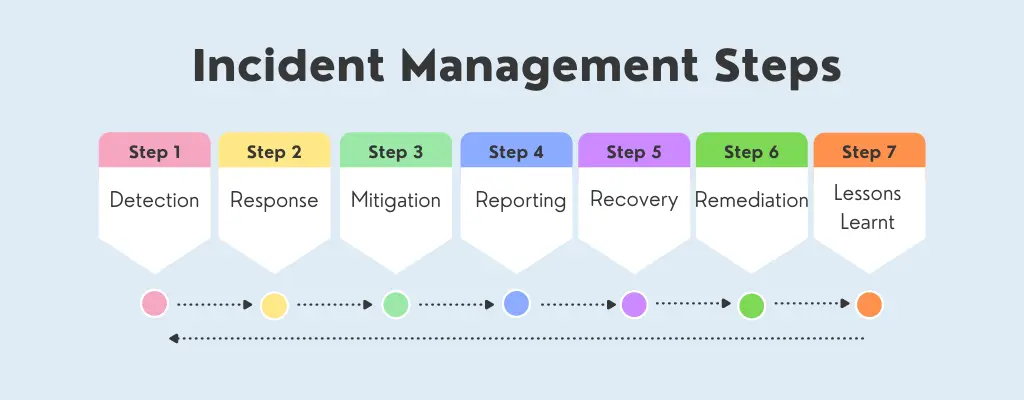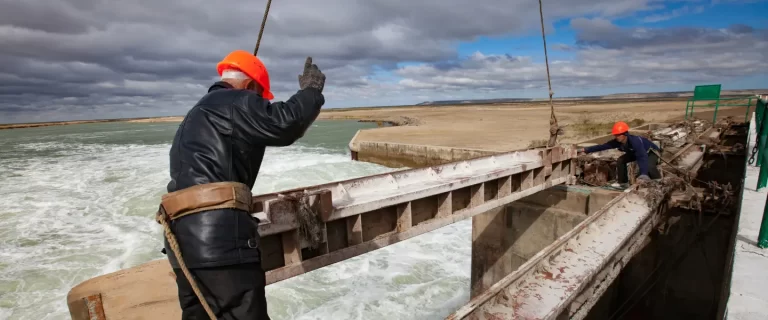Introduction
In the energy sector, incident response is a strategic and systematic approach used by organizations to manage and address security breaches. This ensures the resilience and integrity of critical energy infrastructure. It is a proactive measure that safeguards against potential disruptions and unauthorized access, which could have severe consequences on operations and public safety.
Key Components of Incident Response
Energy incident response is a structured process designed to detect, analyze, and mitigate the impact of security incidents. These incidents can range from physical threats to cyber attacks on energy facilities and networks.
The process includes:
Detection: Identifying signs of a security incident, whether it be an unauthorized access attempt, a physical breach, or any other potential threat to critical energy infrastructure.
Analysis: Conducting a thorough analysis to understand the nature, scope, and potential impact of the incident on energy operations.
Containment: Taking immediate actions to contain the incident and prevent further damage or disruption to energy infrastructure.
Eradication: Determining and eliminating the root cause of the incident to prevent its recurrence.
Recovery: Restoring systems and operations to normalcy with minimal downtime, ensuring the continued reliability of energy infrastructure.
Lessons Learned: Conducting an analysis to evaluate the effectiveness of the response and implementing improvements for future incidents.

The steps for incident response management. Source.
Significance in Critical Infrastructure
Protecting energy facilities
Incident response is particularly crucial in the energy sector due to its heavy reliance on interconnected and technologically advanced systems. The protection of power plants, distribution networks, and other critical infrastructure from security threats is paramount to maintaining continuous and reliable energy supply.
Ensuring Resilience
By proactively implementing measures, the energy sector can improve its overall resilience to potential disruptions. This ensures a robust defense of critical infrastructure and helps mitigate the impact of incidents on energy operations.
Conclusion
In conclusion, incident response in the energy sector is an essential strategy for managing and mitigating security threats to critical infrastructure. By adopting a systematic approach that includes detection, analysis, containment, remediation, recovery, and lessons learned, organizations can strengthen their defenses and ensure the continued and reliable delivery of energy. As the energy landscape evolves, a robust response strategy remains essential to maintaining the security and integrity of energy systems.
Frequently asked questions
Why is incident response important in the energy sector?
With a heavy reliance on interconnected and technologically advanced systems, incident response ensures the protection of critical infrastructure, including power plants and distribution networks, to maintain a continuous and reliable supply of energy.
How does incident response contribute to the resilience of energy infrastructure?
Incident response contributes to the resilience of energy infrastructure by proactively implementing measures to detect, analyse, and mitigate security incidents. This ensures a robust defence against potential disruptions, protects critical infrastructure, and mitigates the impact of incidents on energy operations.
Can incident response prevent future security incidents in the energy sector?
Incident response cannot guarantee the prevention of all security incidents. Still, it plays a crucial role in minimizing the impact and recurrence of such incidents. The systematic approach, including lessons learned, allows organizations to continuously improve their security posture. This makes them more resilient to future threats in the dynamic energy landscape.






